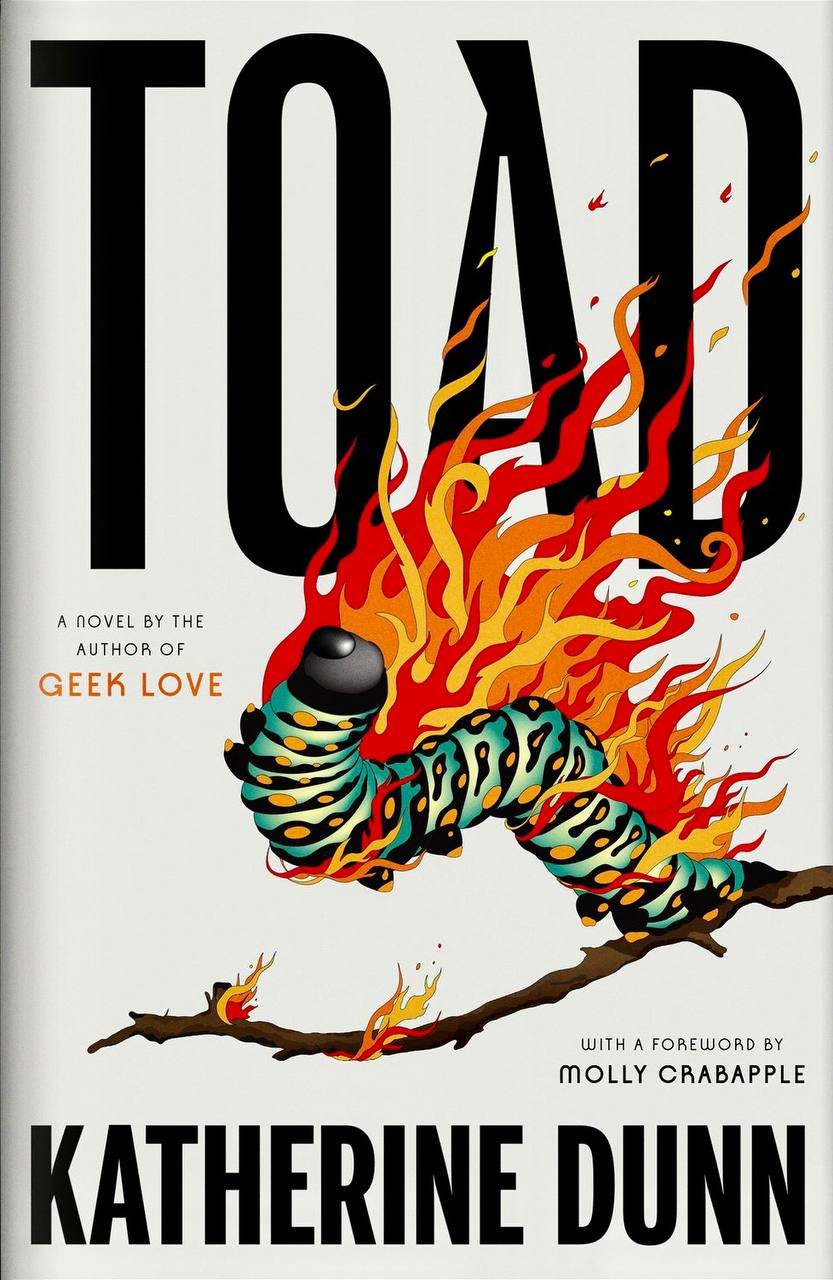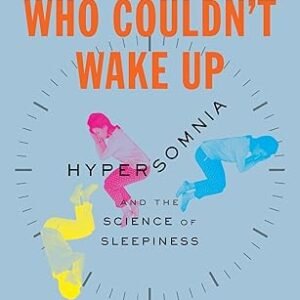Toad-Katherine-Dunn
Le prix initial était : $11.00.$4.99Le prix actuel est : $4.99.
by Katherine Dunn (Author)
Description
Introduction to Katherine Dunn and Her Literary Legacy
Katherine Dunn, born in 1945 in Burlington, Washington, is a prominent figure in modern literature, renowned for her distinctive storytelling and innovative narrative techniques. With a background in writing and a degree in English from the University of Oregon, Dunn carved out a space in the literary arena that celebrated the unconventional and the extraordinary. Her seminal work, particularly the novel « Toad, » showcases her unique perspective, which has since influenced a myriad of writers and thinkers.
Dunn’s writing style is characterized by its evocative and vivid imagery, often blending elements of realism with surrealism. This combination allows her to explore the complexities of human existence and society’s fringes, particularly focusing on themes of identity, marginalization, and the human condition. Her ability to articulate the experiences of characters living on the periphery, particularly those seen as « freaks » or outsiders, sets her work apart. This thematic choice not only illustrates her own life experiences but also resonates with readers searching for authenticity amidst societal norms.
In the context of modern literature, Dunn’s contribution is invaluable, enriching the literary landscape with her explorative narratives and profound themes. Her unique approach not only captures the intricacies of marginalized lives but also compels readers to engage in critical reflection, making her legacy enduring and impactful.
The Plot and Themes of ‘Toad’
Katherine Dunn’s novel ‘Toad’ presents a captivating storyline that revolves around the complexities of identity and transformation through the lens of its unique characters. The plot primarily follows an unusual protagonist, a circus performer, whose existence is characterized by physical abnormalities yet who possesses an extraordinary ability for self-expression. As the narrative unfolds, readers are introduced to a rich tapestry of supporting characters, each wrestling with their own identities and societal perceptions of beauty.
Central to ‘Toad’ is the theme of transformation—both literal and metaphorical. Dunn explores the myriad ways in which characters adapt to or reject societal norms, showcasing the struggles they face in a world that often devalues them based on appearance. This continuous metamorphosis leads to a profound exploration of self-acceptance and the journey toward embracing one’s uniqueness. As the protagonist navigates the difficult terrain of acceptance, the juxtaposition of outward appearance and inner value becomes a poignant commentary on beauty standards in contemporary society.
Another significant theme in the novel is the critique of societal norms that dictate worth based on conformity. Through character interactions and their experiences, Dunn poses compelling questions about the nature of beauty and the often harsh judgment that society bestows upon those who deviate from the ordinary. The novel’s exploration of identity resonates with readers who grapple with their own self-image, compelling them to reflect on their societal conditioning and internal desires.
In sum, ‘Toad’ is not merely a narrative about a peculiar character; it is an intricate examination of identity, transformation, and the essence of beauty that challenges and resonates with its audience, prompting essential conversations about the human condition.
Character Analysis: The Heroes and Villains of ‘Toad’
In Katherine Dunn’s novel ‘Toad’, the exploration of character dynamics forms the backbone of its compelling narrative. The characters within this story are not easily classified into conventional categories of heroes or villains; rather, they embody a range of qualities that challenge the reader’s perception of morality and intention. Central to the narrative is the protagonist, who navigates a world rife with conflict and complexity. Their journey reveals motivations influenced by both personal desire and the broader societal constructs that shape their actions.
The antagonist, on the other hand, presents a stark contrast to the protagonist yet operates from a place of profound personal experience and trauma. This character’s decisions, although morally ambiguous, stem from a deep-seated need for validation and power, ultimately leading to conflict with the protagonist. The duality of these central figures illustrates the theme of perspective—what one may view as villainous may not be seen the same by another. Dunn’s portrayal evokes empathy and challenges readers to reassess their own definitions of right and wrong.
Additionally, the supporting characters contribute to the thematic richness of ‘Toad’. Each character is intricately crafted, serving as a reflection of societal norms and individual beliefs. Their interactions with the protagonist and antagonist mold the central conflict, leading to significant character development throughout the storyline. For example, minor characters may reveal hidden nuances that underscore the complexity of human behavior, suggesting that heroism and villainy often coalesce in unexpected ways.
Ultimately, ‘Toad’ presents a unique lens through which readers can examine the intricate complexities of character motivations. Katherine Dunn’s masterful character development invites readers to engage deeply with the text, revealing that the journey of understanding lies not merely in identifying heroes and villains but in recognizing the shared humanity that binds them.
Literary Techniques and Symbolism in ‘Toad’
Katherine Dunn’s ‘Toad’ is a remarkable exploration of the human experience through the lens of the extraordinary. One of the most notable literary techniques employed by Dunn is her rich narrative style, which combines a unique blend of visceral imagery and emotional depth. This narrative method not only invokes vivid mental pictures but also invites readers to engage on a profoundly emotional level, making the story resonate in a lasting manner. Dunn’s choice of language encapsulates the raw essence of her characters, portraying their struggles and triumphs in a way that draws the audience deeper into the narrative.
Symbolism plays a crucial role in ‘Toad’, as it serves to enhance the thematic complexity of the story. The titular toad itself can be interpreted as a multifaceted symbol representing transformation, resilience, and the often-overlooked beauty of the unconventional. Dunn artfully integrates this symbolism into various scenes, such as the protagonist’s journey towards self-acceptance and the interactions with other characters that challenge societal norms. Each encounter reflects the underlying message of finding worth and identity beyond external appearances.
Moreover, Dunn’s use of dialogue is instrumental in illustrating character dynamics and their internal conflicts. Through conversations, she reveals the motivations and desires that drive each character, further enriching the reader’s understanding of their individual journeys. The interplay of symbolism and narrative technique underscores the novel’s exploration of themes such as alienation, the search for identity, and the celebration of uniqueness amidst the mundane.
By skillfully weaving these elements together, Katherine Dunn crafts a compelling narrative in ‘Toad’ that captivates the reader’s imagination and invites a deeper reflection on the essence of humanity.
The Reception and Legacy of ‘Toad’
‘Toad’ by Katherine Dunn garnered significant attention upon its release, with critics and readers alike responding to its bold narrative and unconventional themes. Initially met with a blend of admiration and skepticism, the novel carved a unique niche within the literary landscape of its time. Critics praised Dunn’s intricate character development and her ability to weave humor into deeply introspective narratives. Many reviewers noted that ‘Toad’ skillfully addressed themes of identity, belonging, and the complexities of human experience, which resonated with a diverse audience.
Over the years, ‘Toad’ has achieved a status that transcends its initial reception, solidifying its place in contemporary literature. As literary trends evolved, so too did the appreciation for Dunn’s work, which has been described as ahead of its time. The nuanced exploration of societal norms and the embrace of the unconventional strike a chord even in modern discussions. Dunn’s themes of individuality and the societal marginalization of certain groups continue to resonate in today’s cultural dialogues, ensuring that her work remains pertinent in literary circles.
Academic discussions surrounding ‘Toad’ have also flourished, with various literary scholars examining the novel through different lenses, including feminism, postmodernism, and even magical realism. This broad analytical appeal has sparked renewed interest in Dunn’s writing, contributing to her legacy as a vital voice in literature. Present-day readers are now discovering ‘Toad,’ often attributing a feeling of relevance to its content in an era rife with similar societal challenges.
In conclusion, Katherine Dunn’s ‘Toad’ exemplifies a complex interplay between its initial reception and its lasting impact on literature. The continuation of its relevance attests to Dunn’s profound ability to engage with universal themes, making her work a cornerstone in the exploration of human experiences and societal critiques.






Avis
Il n’y a pas encore d’avis.